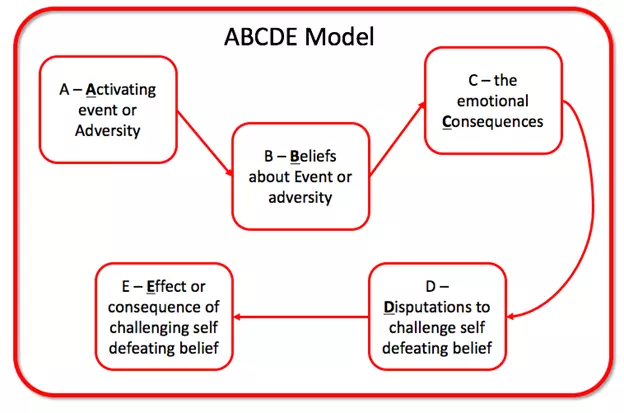
Cognitive Behavioural Hypnotherapy (CBH) combines hypnotherapy with techniques and concepts from Cognitive Behavioural Therapy (CBT).
Pure Behavioural Therapy approaches are associated with the techniques defined by behavioural psychology and not Cognitive Behavioural Therapy (CBT).
Cognitive components were later explored and considered by behaviour psychologists, due to the fact that behavioural psychology did not provide all of the answers to human psychology.
-
CBT as an effective approach to therapy was established by Aaron Beck and Albert Ellis, who developed Cognitive Therapy (CT) and Rational Emotive Behavioural Therapy (REBT), respectively.
-
CBT addresses a direct symptom and normally requires about six sessions of therapy. It puts a lot of emphasis on client homework and changing unhelpful thinking habits.
-
REBT is more of a process and methodology applied to one's way of thinking and can be used to address more than just one problem. In its most effective form it allows the patient to become their own therapist, teaching them how to address their problems by applying the REBT process. Usually, REBT takes 6 to 12 sessions.
The combination of hypnosis and CBT has shown promise as an evidence based effective treatment strategy.
-
Kirsch (1993), suggests that the average client receiving cognitive behaviour hypnotherapy was better off than 80% of clients receiving cognitive behaviour therapy only.
-
Kirsch (1995), in a meta analysis on 18 studies comparing cognitive behaviour therapy with and without hypnosis found the average client receiving cognitive behaviour therapy with hypnosis showed some improvement over 70% of cognitive behaviour therapy clients.
The ICCHP teaches Integrative Rational Emotive Cognitive Behavioural Hypnotherapy (RECBH), based on the more elegant and empowering Ellis model, focusing on changing unhelpful beliefs.

